
How to Experience National Parks during the Shoulder and Off Seasons
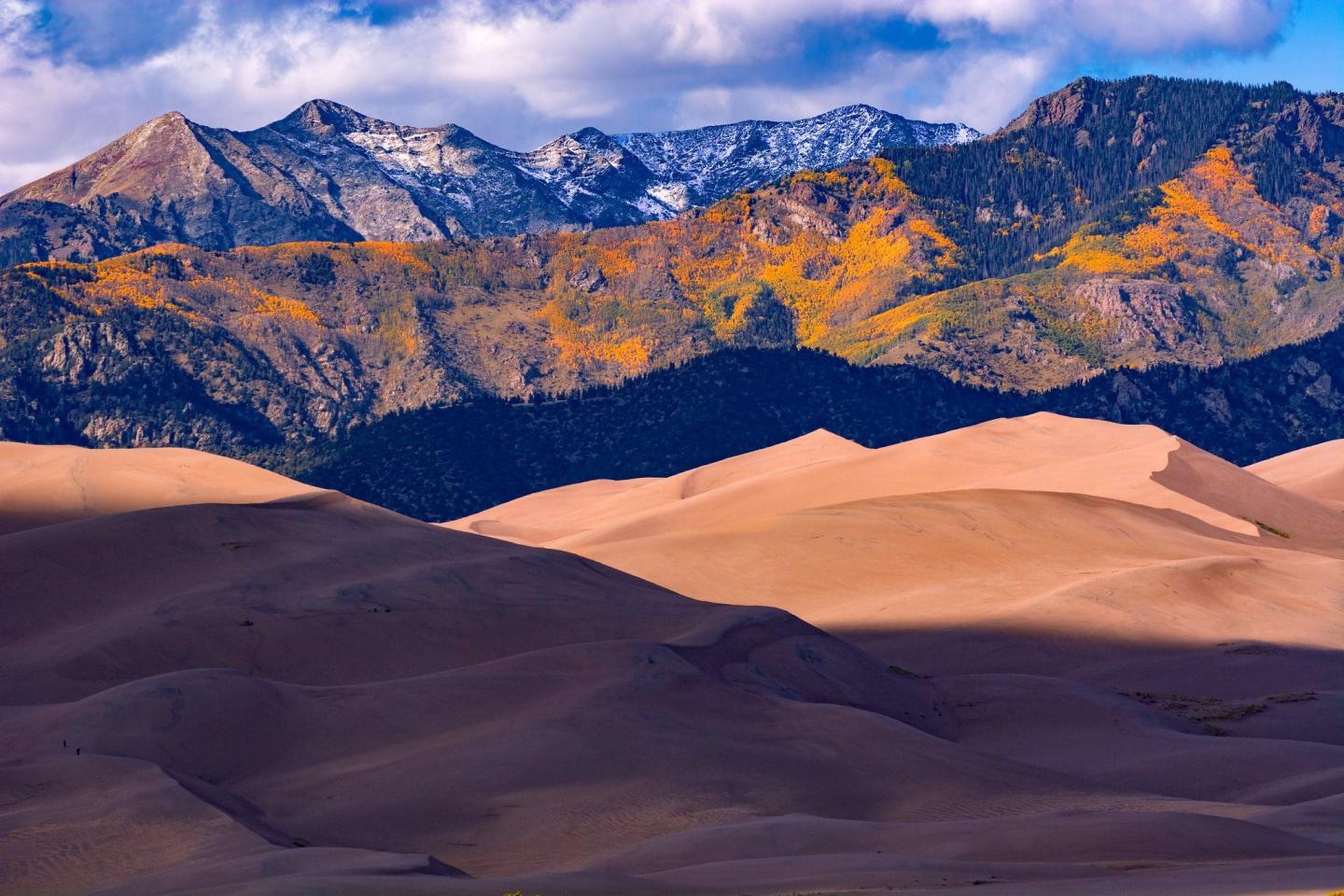
National parks are amazing, and they make perfect spots for family vacations, solo escapes, weekend getaways, and week-long adventures. However, with more people visiting national parks each year, this can lead to crowded trails, fully booked campgrounds, and difficulty getting tours or permits during the peak seasons of travel.
Luckily, you can still have an amazing trip to a national park, with fewer people, better weather, and more opportunities to see wildlife and attend park events. How can you do it? By visiting during the shoulder and off seasons.
Let’s look at the benefts of traveling to a national park during periods of low visitation, and what to consider when you plan your trip!
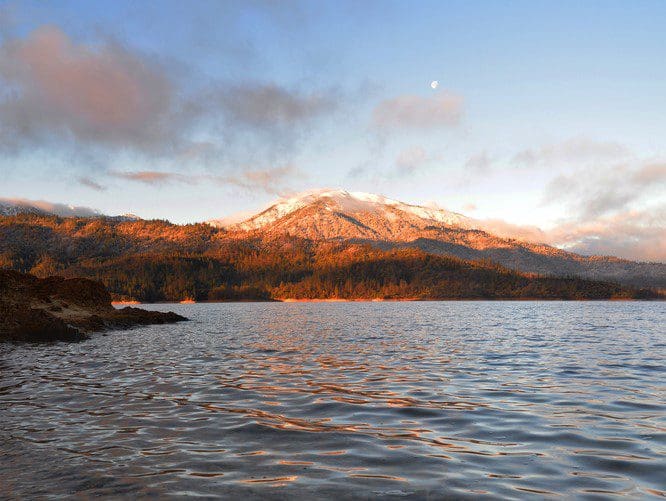
When Are the Peak, Off, and Shoulder Seasons?
Peak season, or high season, is when a park has the highest number of visitors. For many parks in the United States, peak season tends to be in the summer or winter months. The off season is when the park receives the lowest number of visitors, and tends to be the opposite of peak season–for example, parks who have a summer peak season will be in the off season in the winter.
Shoulder seasons are the periods of times that are in between the peak and off seasons. For many parks, these times overlap with spring and fall.
It’s important to keep in mind that peak season doesn’t mean that time is the “best” time of year to visit a park. For example, the peak season for Zion National Park is in the summer–but this is the hottest time of the year to visit, and makes for uncomfortable hiking temperatures and lots of crowds. For many parks, visiting during the off or shoulder seasons means you can enjoy all the park has to offer, with better weather and fewer people!
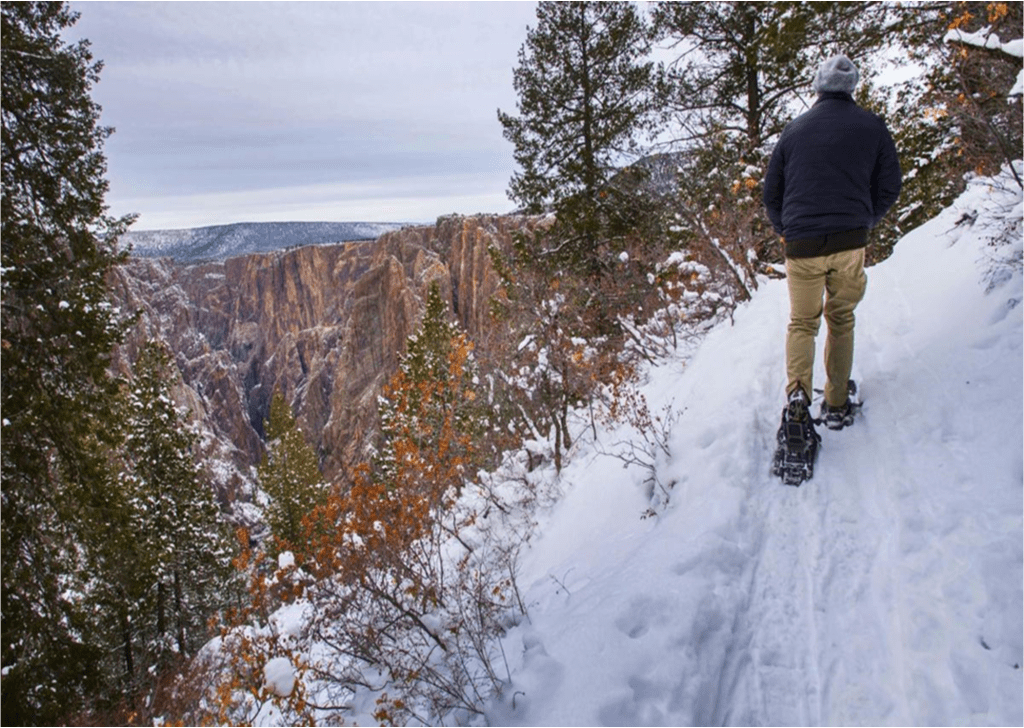
Benefits of Shoulder and Off Season Travel
Have you ever seen a bristlecone pine forest lit up by a full winter moon? Or a Saguaro cactus silhouetted against an autumn sunset? Or a herd of elk in a snowy landscape? These scenes may not be the first that you think of when visiting a national park, but they are certainly just as beautiful. These seasons give us an opportunity to see a landscape in a new way, making for a truly unique trip. Choosing to visit a national park during the shoulder or off seasons has many more advantages. Some of these include:

Fewer Crowds and Discounted Lodging
One of the biggest advantages to a shoulder season park trip is fewer people. This can have a variety of benefits, including a quieter experience on hiking trails, not having to wait in line to use park facilities, less competition for permits, campground or event reservations, and many others. If you want your park trip to be more about peace and quiet than trying to snag a selfie on a crowded overlook, visit during the shoulder or off seasons.
With fewer crowds, comes discounted lodging. Parks and gateway communities with tourist-based economies tend to have higher lodging prices during the peak seasons, because they charge more during periods of high demand. You could score a deal as many hospitality companies offer lower prices during this time. However, keep in mind that there may be fewer lodging options available, as campgrounds or hotels may be closed.
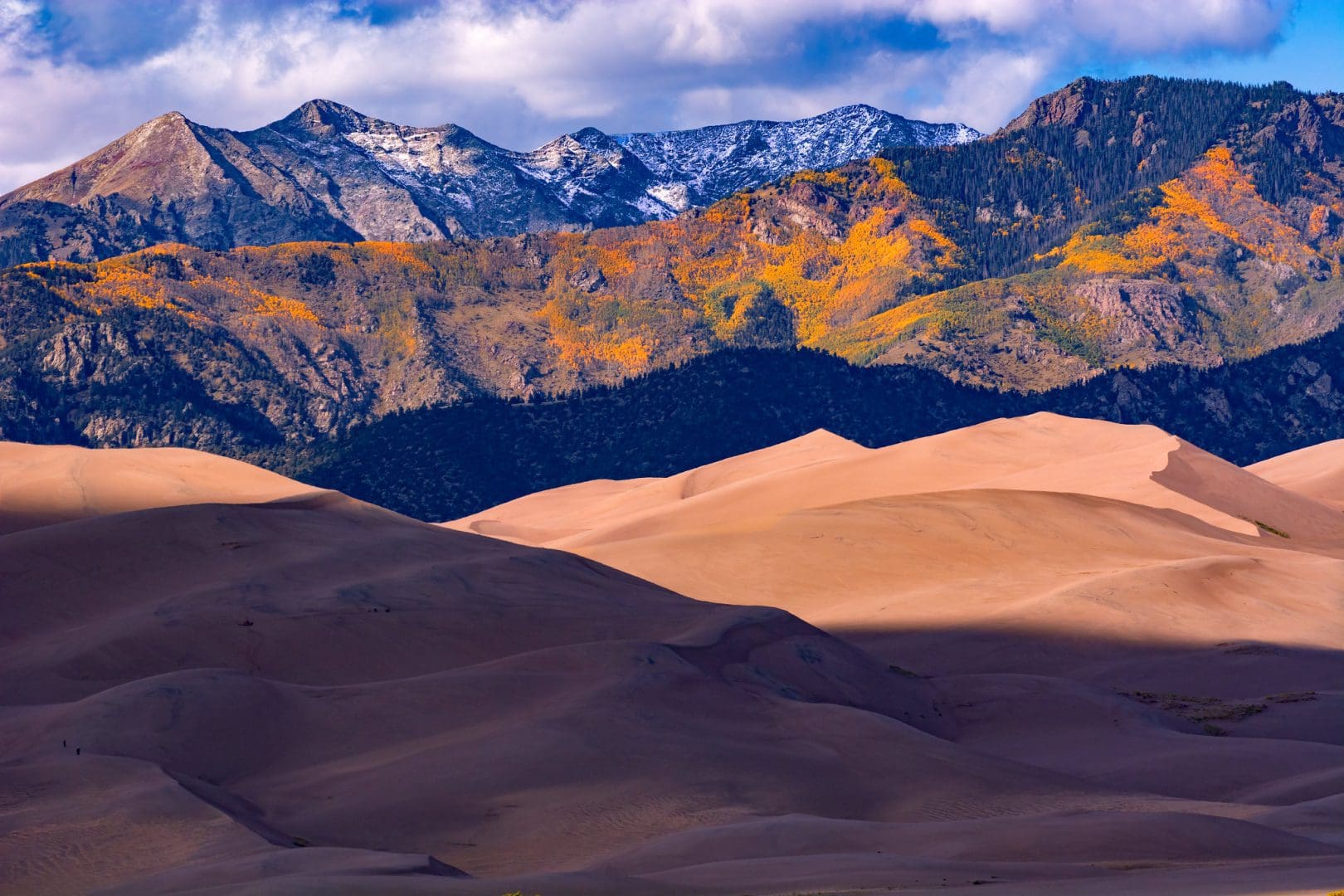
Better Conditions for Wildlife Watching and Outdoor Activities
If you are looking to see or photograph wildlife in the national parks, visiting during the shoulder or off seasons may be your best bet. This is because many animals are shy and can also get scared off by high numbers of people. Quieter trails and camping areas means that you are more likely to see animals.
Remember, peak season just means a high number of visitors. Shoulder and off seasons may have more mild temperatures, fewer insects, or less likelihood of summer thunderstorms, all of which make for better camping and hiking conditions.
Shoulder and Off Season Activities in National Parks
- Hiking, Camping, and Backpacking: Less crowded, or nearly empty, trails and campgrounds make shoulder and off season a great time to enjoy the great outdoors. Because fewer people will be competing for wilderness and backcountry permits, it may also be a great time to go on a backpacking trip. Cooler daytime temperatures in the desert southwest mean that it’s a great time to explore the backcountry in parks like Guadalupe Mountains National Park. You can also escape to southern latitudes to get away from the winter chill–enjoying Padre Island National Seashore in the off season, for example, is a great and quiet holiday escape.
- Wildlife Watching: Animals migrate and mate based on the seasons–and their patterns may not match the peak visitation times of many parks. For example, Channel Islands National Park receives most of its visitors in the summer months, but winter time is the best to see a whale migration. Similarly, desert tortoises in Mojave National Preserve are elusive during the summer months and it is too cold for them during the winter, but they often appear during the spring rains. Planning your park visit around when the wildlife arrives can result in unique photography opportunities and memorable moments.
- Winter Activities: Making the most of the off season often means embracing the cold, but there are plenty of activities that you can do in a national park when there is snow! Snowshoeing, snowmobiling, and winter hiking are just a few of the fun activities you can do during this time. Bandelier National Monument is known for its cross-country skiing opportunities, while ice fishing is popular in Bighorn Canyon National Recreation Area.
- Cave Tours: One of the unique features of caves is that they maintain a constant cool temperature year-round, no matter what season it is outside. If your park destination includes a cave, such as Carlsbad Caverns National Park, you may be able to visit in the off or shoulder seasons. Keep in mind that some caves are only accessible via a ranger-led tour, which means visitation may be limited.
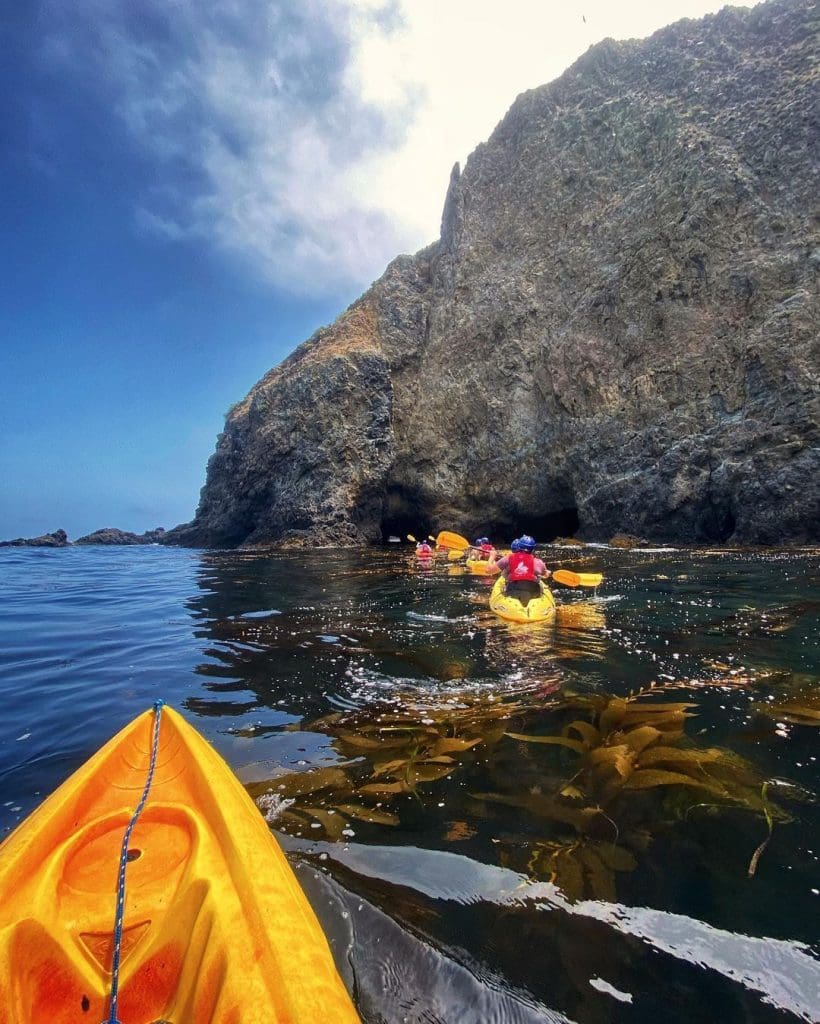
Know Before You Go – Planning for Shoulder and Off Seasons
When getting ready for your trip to a national park trip, it is important to keep in mind that fewer crowds may require more trip planning ahead of time. Be sure to do your research before you make reservations, and check which amenities, including visitor centers, campgrounds, or tours which may not be available. Some trails or activities may also be inaccessible due to snow, especially if you are visiting in winter.
Finally, keep in mind that some–but not all–destinations may require that you be more self-sufficient and prepared if you are traveling outside of the peak season. For example, winter camping requires specialized gear. You may also need to be prepared for more inclement weather.
If you can’t take the summer off to travel, or are looking for a more quiet atmosphere, it’s a good idea to think outside the box and plan your journey to a national park outside of the peak season. It’s just one way to experience the beauty of our national parks year-round.



